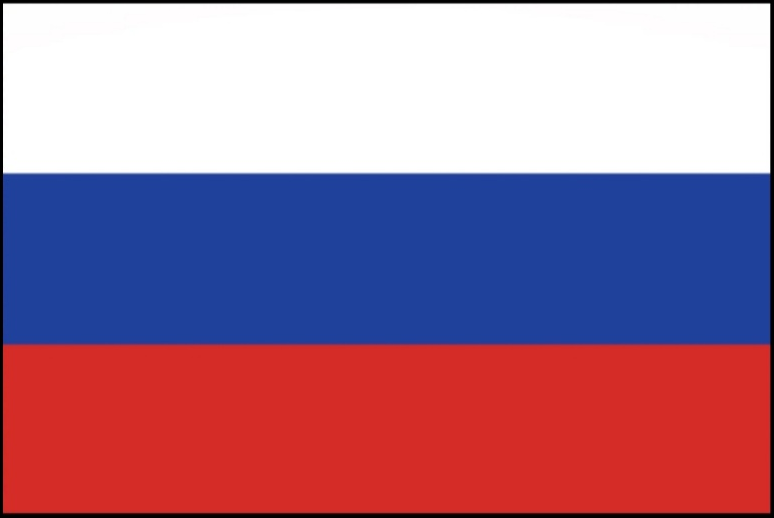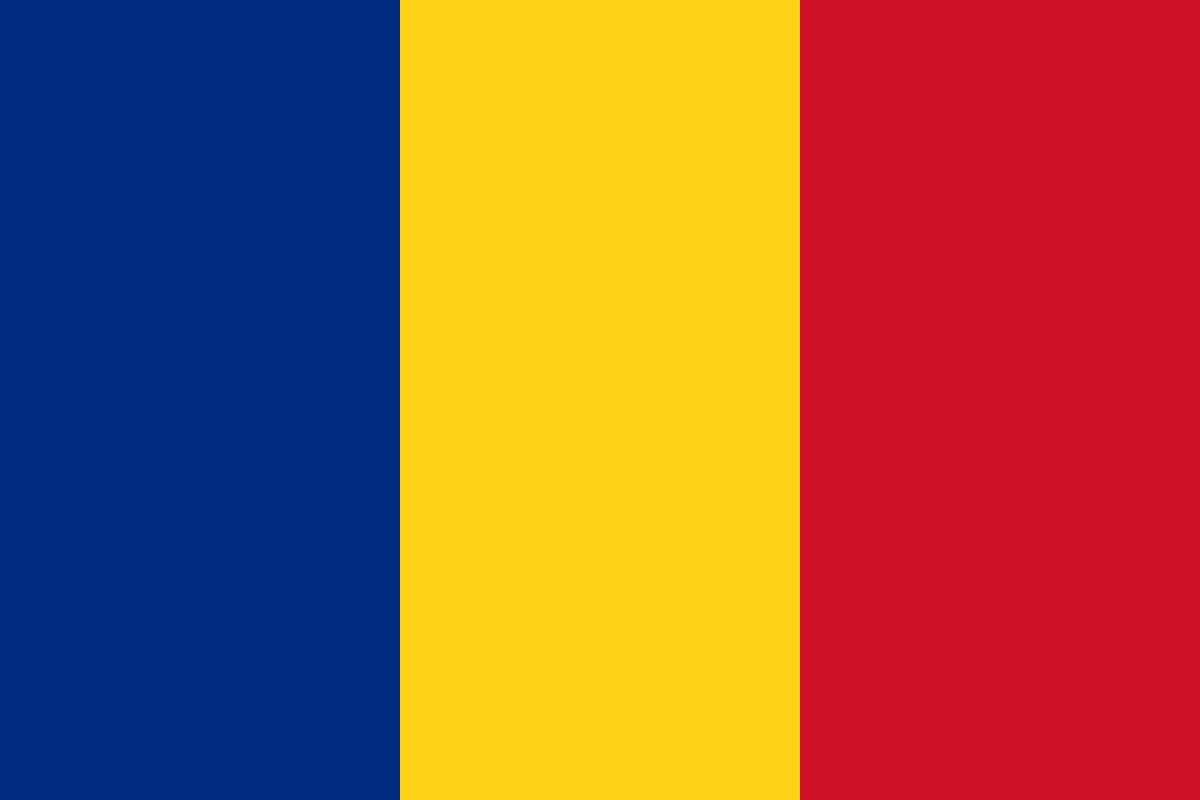Gagauzia: A Historical Overview
Gagauzia, located in the south of the Republic of Moldova, is an autonomous region mainly inhabited by the Gagauz people, a Turkic ethnic group of Orthodox Christian faith. Their history is marked by migrations, cultural adaptations, and the struggle to preserve their identity. From the first mentions in medieval chronicles to the current status of autonomy, the Gagauz people have demonstrated remarkable cultural and linguistic resilience.

Historical Stages of Gagauzia
The first mentions of Oghuz tribes who migrated from Central Asia towards the Balkans and the Black Sea region, settling in the Lower Danube area.
Mass relocation of the Gagauz people from Dobruja to Bessarabia under the protection of the Russian Empire, where they were granted land and tax privileges.
Bessarabia united with Romania, and Gagauzia remained part of Cetatea Albă County. This period marked the first attempts at cultural organization of the Gagauz community.
The Soviet period – radical economic changes, collectivization and industrialization, as well as restrictions on cultural and religious expression.
Gagauzia obtained the status of an autonomous territorial unit within the Republic of Moldova, with extended rights in culture, education, and local administration.
Gagauzia in the Contemporary Era
Today, Gagauzia represents a unique example of cultural and administrative autonomy in the post-Soviet space. The region has its own parliament (People's Assembly), executive leadership (Bashkan), and broad competences in education, culture, and economic development. The Gagauz language, alongside Russian and Romanian, is an official language in the region, and folk traditions are actively preserved and promoted.



